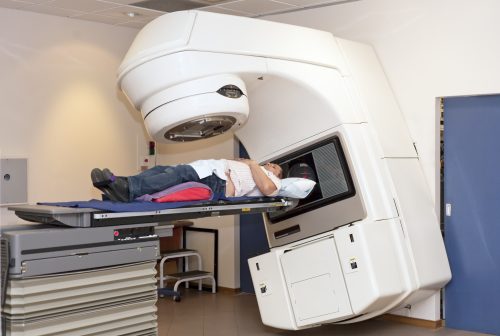
Men with advanced prostate cancer may have better outcomes when treated surgically followed by radiotherapy (XRT) than patients treated with XRT and androgen deprivation therapy (ADT), a new study has found.
For the study, published in the journal Cancer, 13,856 men (≥ 65 years old) diagnosed with locally advanced prostate cancer (LAPCa) or regionally advanced prostate cancer (RAPCa) between 1992 and 2009 were treated either with a radical prostatectomy (RP) and XRT or XRT plus ADT. Researchers used Surveillance, Epidemiology, and End Results (SEER)–Medicare data to compare adverse effects associated with the two courses of treatment.
At a median follow-up of 14.6 years, 2,189 deaths had occurred, 702 of which were secondary to prostate cancer. Despite factors such as tumor stage or Gleason grading system score, the men treated with RP and XRT were less likely to die of prostate cancer than those treated with XRT plus ADT. Patients whose cancer had not spread to their lymph nodes saw the most benefit. The RP/XRT cohort was more likely to experience erectile dysfunction (28% vs. 20%; P = .0212) and urinary incontinence (49% vs. 19%; P < .001) than the XRT/ADT group.
“These data suggest that men with high-risk cancers that extend beyond the prostate or spread to regional lymph nodes can achieve durable long-term survival with either treatment approach,” said Dr. Thomas Jang, study author and urologic oncologist at Rutgers Cancer Institute of New Jersey. “The questions should focus not on which treatment modality is best, but instead on optimizing treatment sequences and timing and integrating more effective systemic treatments with optimal local treatments.”
Read about the mutation associated with higher mortality in prostate cancer patients here.
Read about the link between a family history of breast or prostate cancer and prostate cancer here.







 © 2025 Mashup Media, LLC, a Formedics Property. All Rights Reserved.
© 2025 Mashup Media, LLC, a Formedics Property. All Rights Reserved.